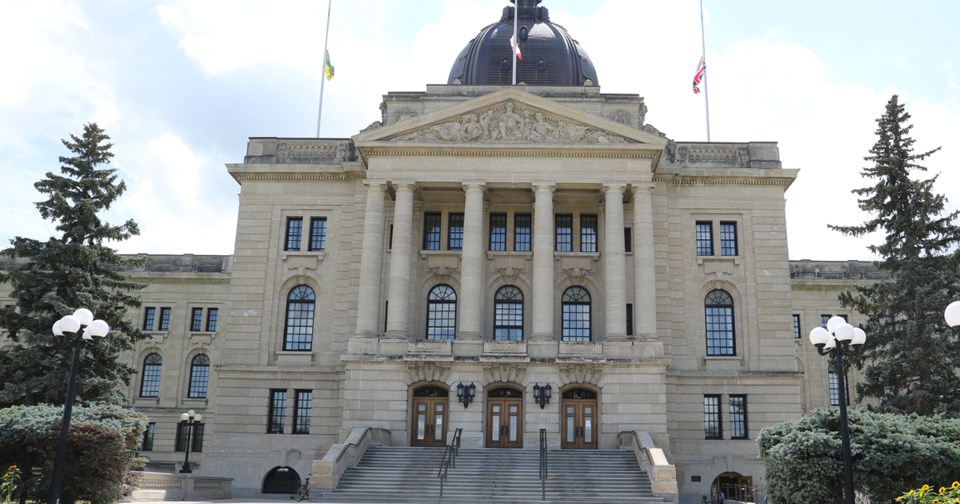The Oct. 26 election cemented a trend in Saskatchewan politics that has been going on for most of the last 40 years. When Saskatchewan voters like a party, they really like them, with massive, lopsided majorities.
As of Oct. 26, the seat count stood at 50 for the Saskatchewan Party, and 11 for the New Democratic Party. That could change slightly, based on the exceptionally high number of mail-in ballots, whose tally began on Oct. 28, but won鈥檛 be fully concluded until Nov. 7.
This closely mirrored the 2016 election, but it also mirrors half of elections since 1982. Five out of the past 10 elections saw the winning party take more than three quarters of seats in the Legislature at the time, consistently providing heavily lopsided majorities to the party in power.
The number of 小蓝视频s has fluctuated over time. In 1982 and 1986, there were 64 seats. By 1991 it had grown to 66. The 1995, 1999, 2003, 2007 and 2011 elections all had 58 seats, while 2016 and 2020 had 61.
Things really got lopsided in 1982, when the Grant Divine-led Progressive Conservatives (PCs) won 55 to the New Democratic Party (NDP) nine. In 1986, the results were more even, with 38 PCs, 25 NDP and one Liberal.
But when the winds of change swept the plains in 1991, the Roy Romanow-led NDP scored 55 seats, the PCs got 10 and the Liberals one. That massive majority was diminished in 1995, when the NDP scored 42, the Liberals had 11, and the PCs has five.
The turn of the century saw a rare NDP/Liberal coalition government, with 1999 seeing the NDP with 29, the new Saskatchewan Party at 25, and the Liberals with four.
The next two elections were much more evenly split. In 2003, the NDP had 30 and the Sask. Party had 28. In 2007, the Saskatchewan Party took office with 38 and the NDP had 20.
But the next three elections saw, once again, massive majorities, this time for the Sask. Party. In 2011, they took 49 seats and the NDP took nine. In 2016, things didn鈥檛 change much, with 51 Sask. Party seats and 10 for the NDP. Even if the mail in ballots change the seat count a bit this time around, the Sask. Party will still, once again, have a massive majority.
听
听




